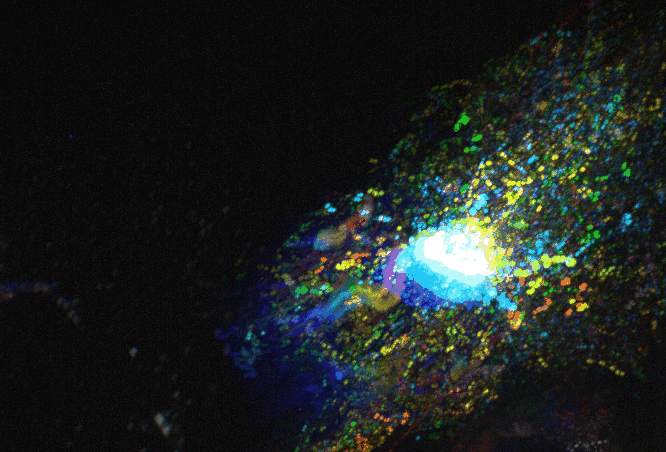Functional Consequences of Golgi Association with Nuclear Envelope
We have observed distinct changes in the Golgi complex morphology and localization, specifically in relation to the centrosomes, as a cell progresses through G1, S, and G2 phases of the cell cycle. Avishkar currently studies how microtubules and molecular motors are changed during these transitions, leading to the Golgi relocation. This open project addresses the functional consequences of Golgi association with the nuclear envelope, typical for G2 phase.
Functional consequences of Golgi association with the nuclear envelope
Investigator: currently open
The degree of Golgi extension around the nucleus increases during the S-phase and culminates with the Golgi complex stretched around the perimeter of the nucleus at late G2 or early prophase. However, the functional consequences of Golgi association with the nuclear envelope are still unknown. This project aims to determine if the Golgi or the microtubules nucleated at the Golgi located in direct proximity to the nucleus play a role in providing tension for a successful nuclear envelope breakdown (NEB) event.


